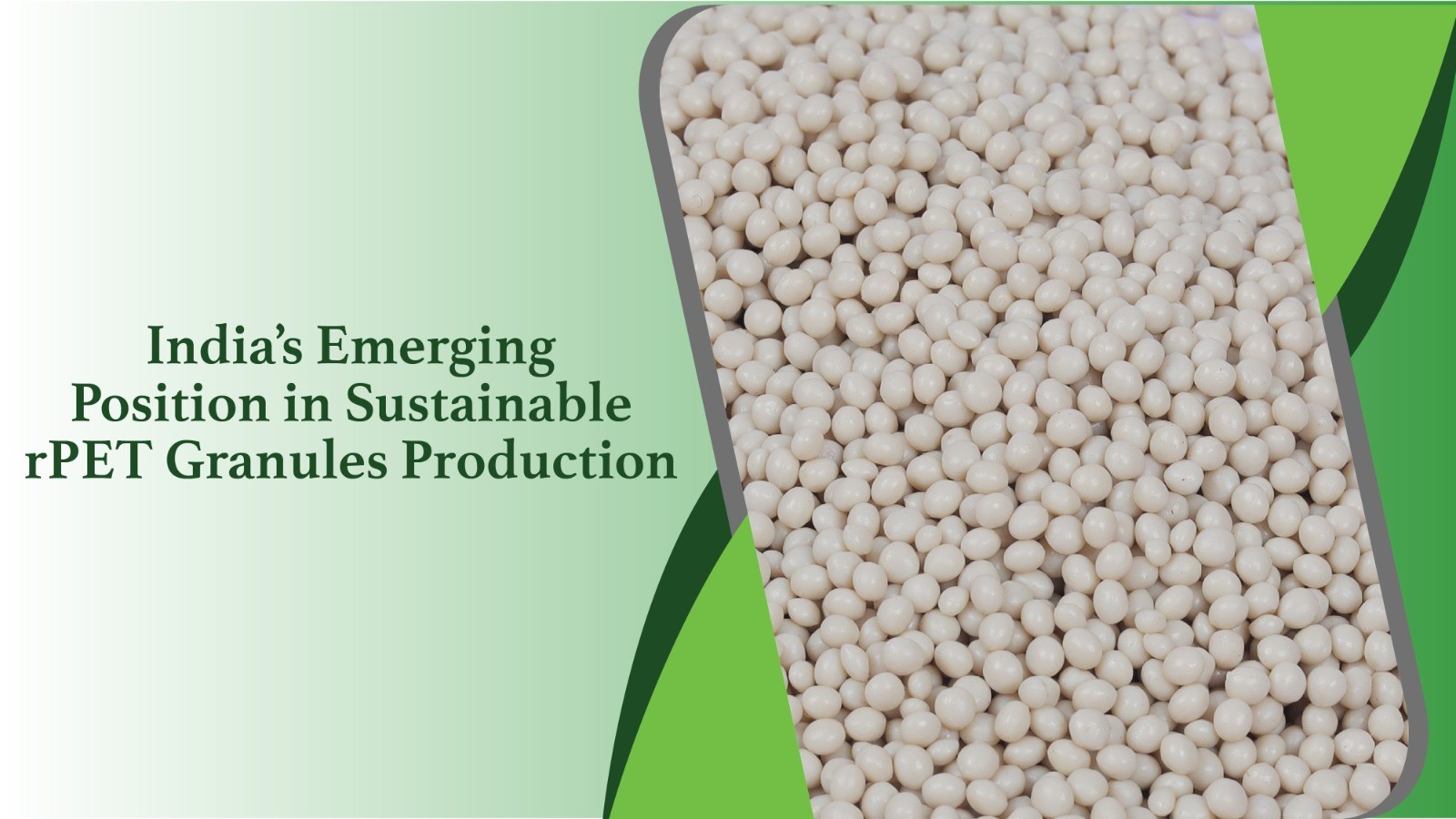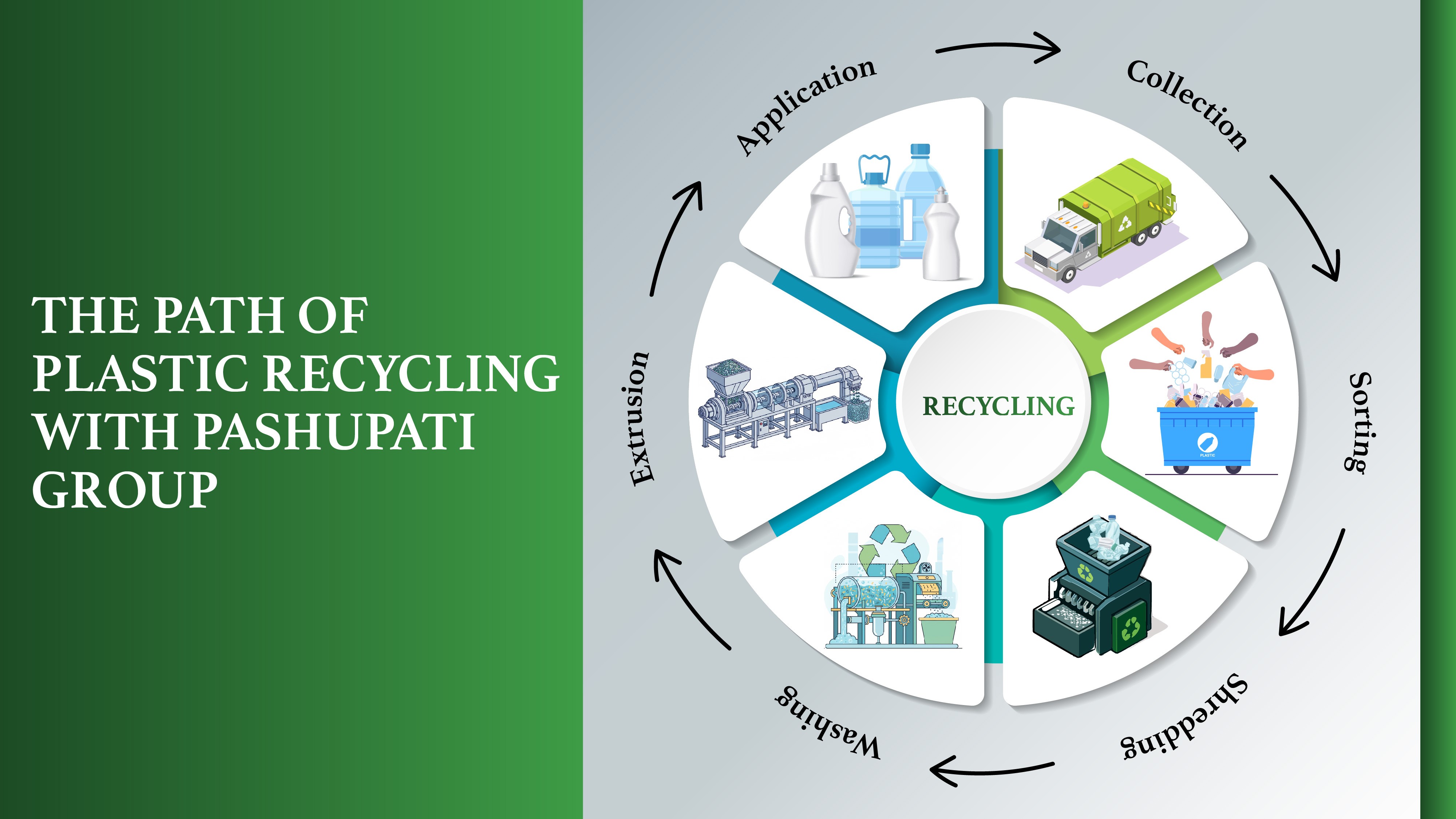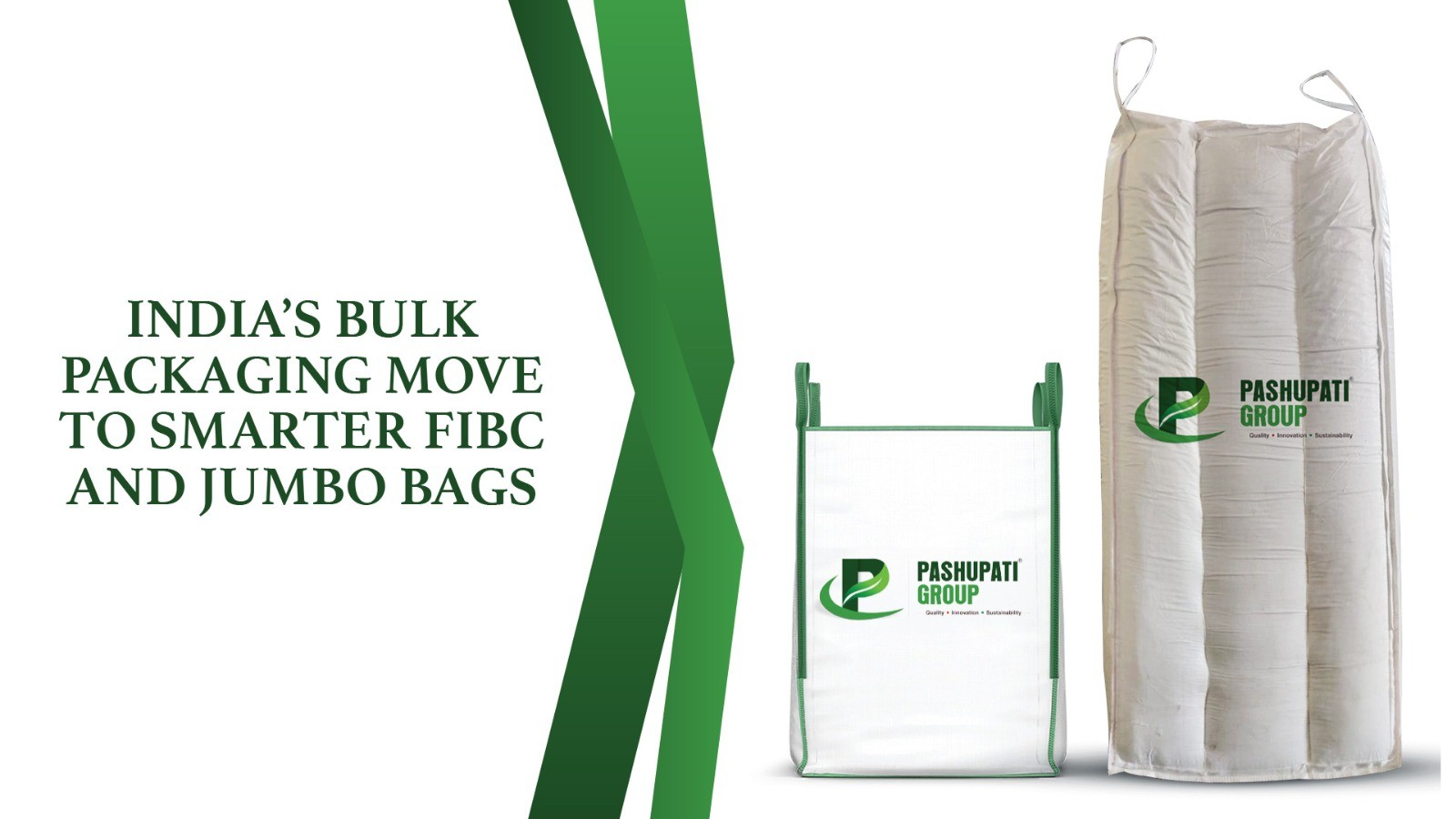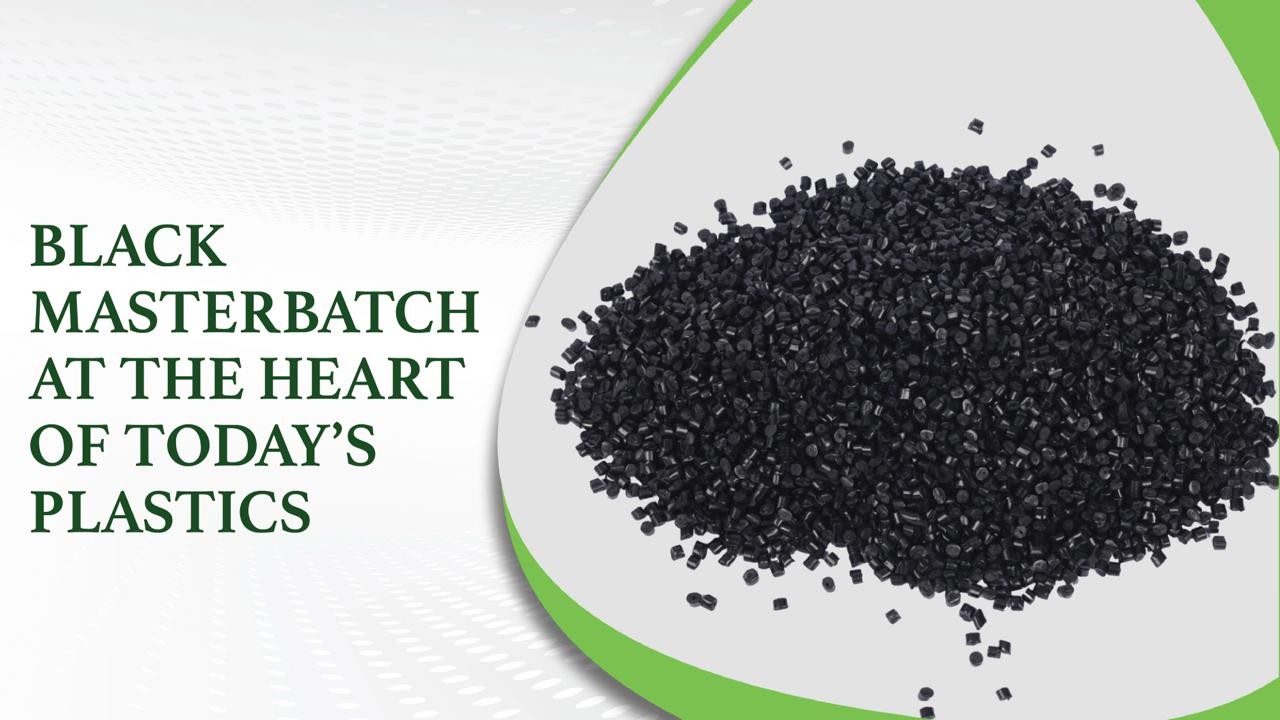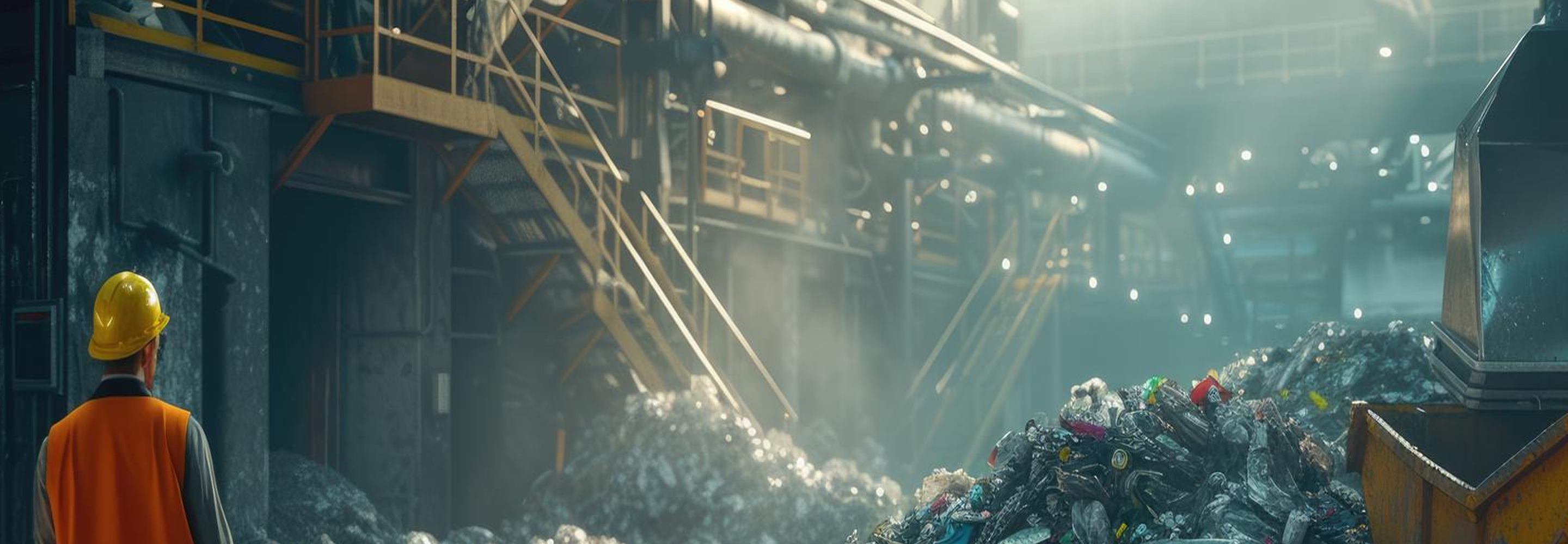
BLOG
POPULAR ARTICLES
Pashupati Polypropylene (PP) Woven Sacks: Their Types, Benefits and Applications
18 December, 2024
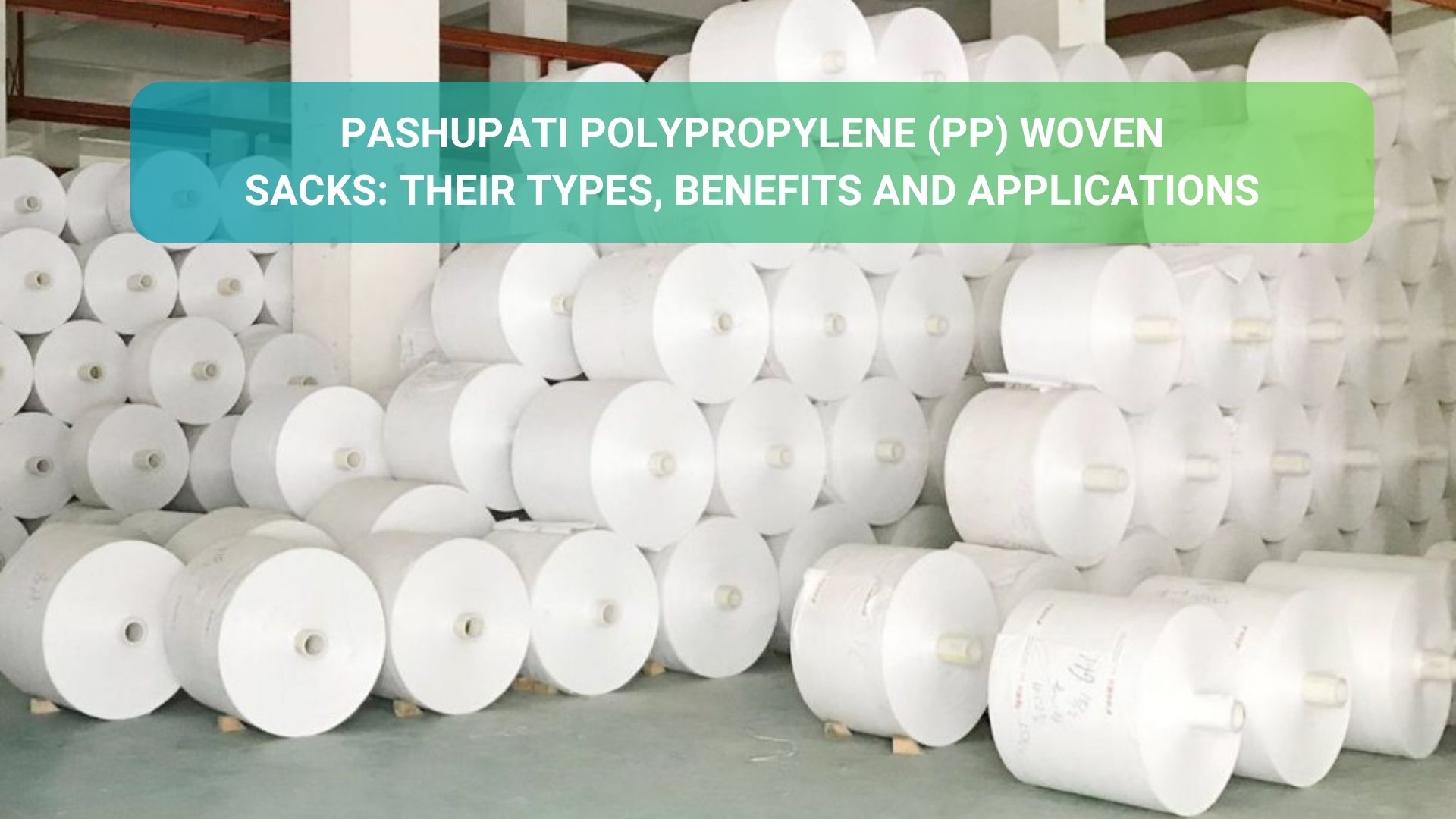
Introduction PP Woven Sacks
Polypropylene (PP) is an example of a naturally strong and flexible low-density polymer. Its low density differentiates it from the high-density nature HDPE woven sacks. PP granules are derived from recycled plastic at Pashupati Group’s recycling plant, and then sent to the manufacturing plant, where they are melted and extruded into strips that are then woven into PP woven fabrics. The fabrics are cut, printed, and stitched together to packaging sacks for industrial and domestic industries.
Polypropylene Woven Sack Types Produced by Pashupati Group
1. Laminated PP Woven Sacks
Laminated PP sacks are layered on the outside with an additional polypropylene layer. This laminated layer improves the bag’s resistance to moisture, dust, and pests, perfectly suited to store grains, sugar, salt, and animal feed that can rot, metal parts prone to rust, and other materials like dry cement, raw cotton, or yarn susceptible to moisture damage.
2. Unlaminated PP Woven Sacks
The lack of the laminated layer in these sacks makes them more lightweight and breathable, ideal for storing materials that need the breathing room more than protection from moisture and other environmental factors. Things like fruits and vegetables, seeds, pulses, and charcoal are all commonly stored in breathable unlaminated PP woven sacks.
3. Valve-Type PP Woven Sacks
A valve or a spout is designed into these PP sacks for easy filling and storing materials used in construction and agriculture like cement and plastic resins. The valve also helps in automatic High speed packaging and is great for packing contents tightly and securely.
4. Gusseted PP Woven Sacks
Gusseted PP woven sacks have extra fabric folds on the sides so that the bag can be stored in a rectangular form. Since the sack is now is more rectangular after filling it is safer for high stacking and transportation.
The Benefits of Pashupati Group’s PP Woven Sacks
1. Durability and Strength
Impressive strength and durability are attributes that Pashupati Group places on high priority, which is one of the fundamental reasons why the PP woven sack bag is preferred over bags made from other materials. This strength comes from the woven structure of the sacks, which prevents tearing and stretching, even when carrying heavy loads or sharp materials like blades, glass, tile shards, screws, bolts, and metal shavings. Their durability gives them long-term usability, giving industries a way to reduce their packaging costs while maintaining high standards of protection for their products.
2. Lightweight
Besides their strength and resilience, PP woven fabric bags also weigh very little, giving them a host of advantages. Pashupati Group’s fabrication procedure uses less PP materials for minimal weight without sacrificing strength, making them both cost-efficient and eco-friendly. They are also easier to handle and take up less weight, which means that more sacks can be stored in a warehouse, optimising its storage capacity.
3. Moisture and Pest Resistance
A huge advantage of polypropylene is its resistance to moisture. PP woven fabrics are ideally suited for protecting stored materials from contamination and spoilage, extending their shelf-life. Pashupati Group caters to many industries that deal with perishable products like food and chemicals. These industries utilise PP woven sacks for this purpose, which contributes significantly to cutting down on costs over product loss while ensuring cleanliness and safety.
4. Environmentally Friendly
Pashupati Group, being a plastic recycling company, ensures that their PP woven sacks are highly reusable and recyclable due to their durable and strong qualities. This dramatically contributes to reducing landfill waste and pollution in the oceans. They require less materials and energy to manufacture compared to conventional plastics and paper products, and their lightweight nature lowers carbon emissions from transportation.
5. Affordability
Unlike paper and jute bags, PP woven bags are much cheaper to produce and last much longer, which considerably lowers the manufacturing, transportation, and storage costs for all sorts of materials. Protection from contamination and spoilage reduces costs regarding product loss, such as repair and replacement. Packaging costs for industries are also reduced from the bags’ long-term reusability. All these factors make PP woven sack bags a very attractive economical option for storage and transportation of products.
6. Customisation
PP woven sacks can be tailored to fit any style, size, and design, and different laminations and coatings can be applied to suit the needs of any business perfectly. Customisation also means that material waste from the production process gets reduced and ensures that materials stored in these sacks will be protected and secure. Furthermore, the woven fabric can be custom printed with company logos, promotional text, product information, and any other branding.
Industries using Pashupati Group’s Polypropylene Woven Sacks
1. Agriculture
Agriculture is one of the largest consumers of PP woven sacks, making it a massive industry that Pashupati caters to. For packaging and transporting grains, seeds, fruits, vegetables, and fertilisers, laminated PP sacks are extensively utilised for their moisture resistance and strength, making them ideal for storing food supplies and chemicals in outdoor environments.
2. Construction
Pashupati's PP woven sacks are frequently used on construction sites for packaging and transporting powdered binders and aggregates like cement, sand, and gravel. Their durability and ability to withstand heavy loads entrusts them to carry dense construction materials. Valve-type PP sacks, in particular, often get used for cement packaging, where the convenience of the valve design allows materials to be efficiently filled and stored.
3. Food Packaging
In the food industry, bulk quantities of food products like rice, flour, sugar, and salt are stored in PP woven sacks. The PP fabric’s strength ensures that the products are protected from damage during transport and storage. In wet regions, laminated sacks are used for additional protection against moisture.
4. Chemicals and Fertilisers
Polypropylene liquefies under heat instead of burning and is structurally resilient. These attributes make PP woven sacks incredibly useful and even necessary for packing and hauling fertilisers, chemicals, and other hazardous materials around. The sacks are often coated or laminated to provide additional protection against moisture and chemicals to ensure the contents’ safety and security during transport.
5. Textiles
Pashupati Group also works extensively with the textile industry. Cotton, yarn, fabric and other soft textile materials all benefit from PP woven sacks' lightweight and durable nature. The sacks are ideal for carefully storing soft textiles and protecting them from moisture and dirt.
Conclusion
Polypropylene sacks are indispensable for their litany of advantages, and are naturally the primary medium for bulk packaging loose materials. Made available by Pashupati Group in laminated, unlaminated, valve-type, and gusseted types, they serve different purposes across many sectors, from agriculture to construction and retail.
RECENT BLOGS


